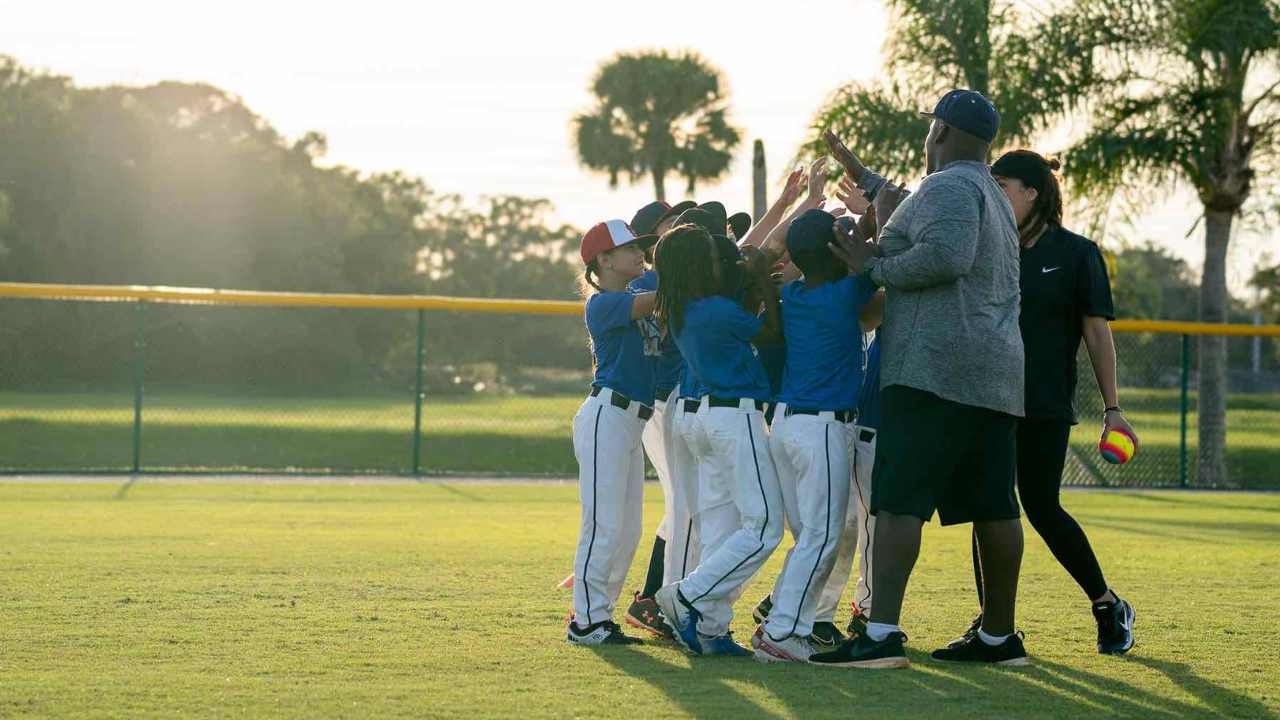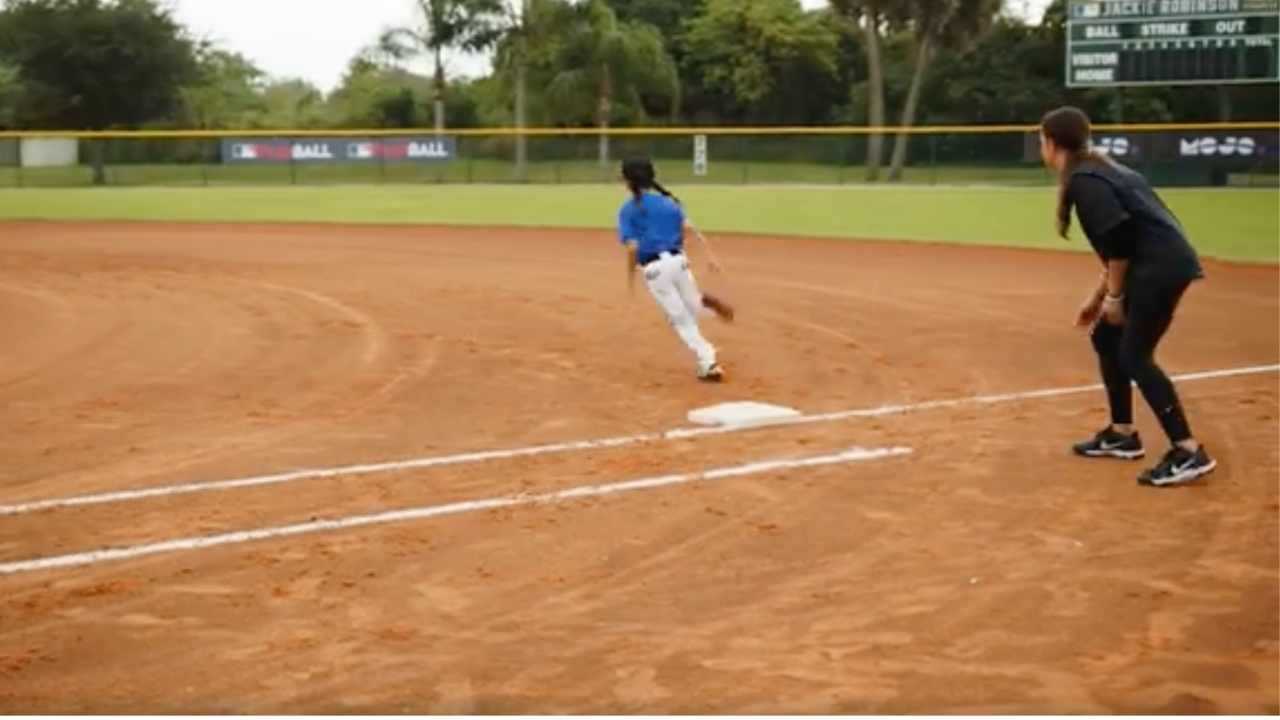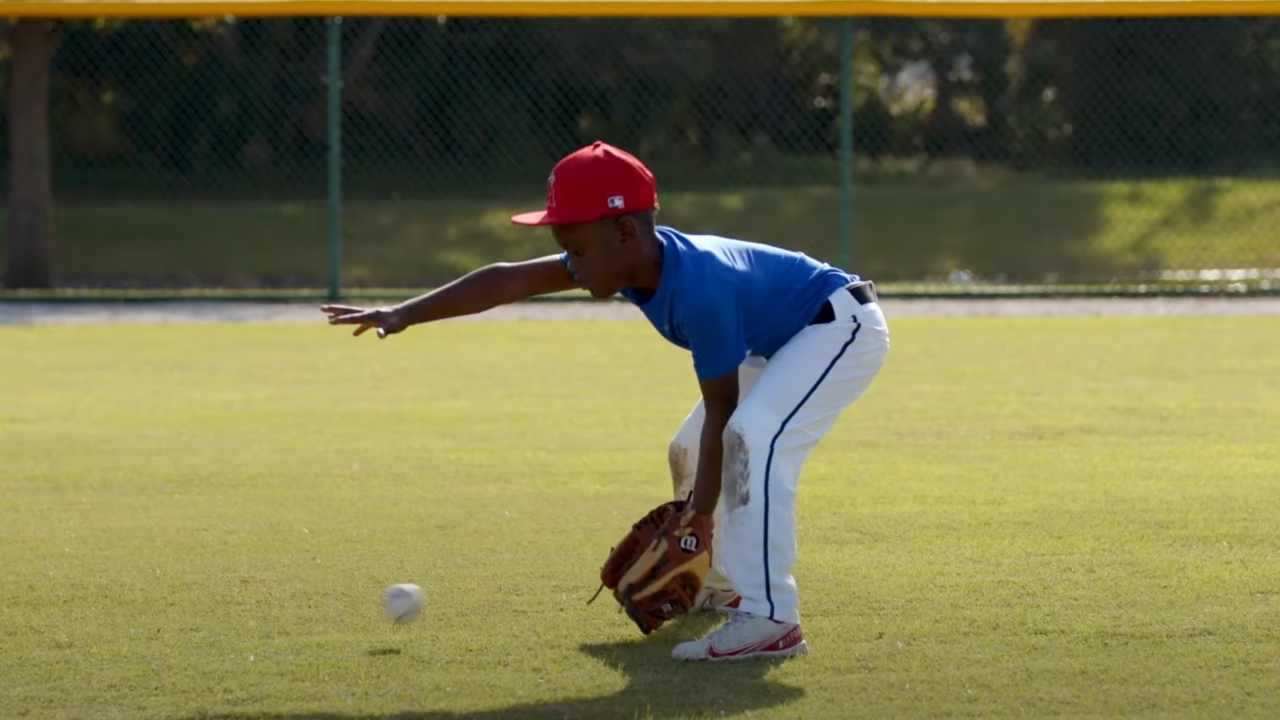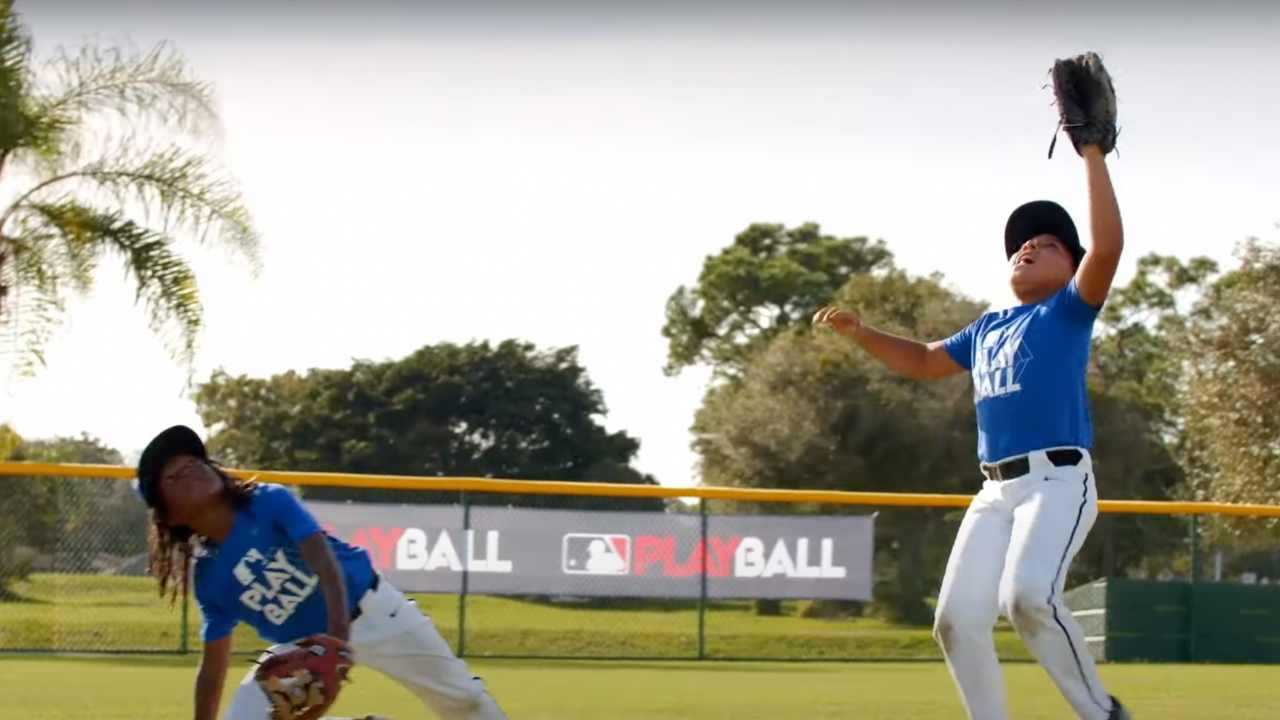How to Coach Baseball
The quick and easy guide to coaching youth baseball
Team MOJO
| 6 min read

They say baseball is a game of failure. Youth baseball, perhaps even moreso. But, as a youth baseball coach, you can still set your team up for success — even if you’ve never coached before.
From tips on equipment to some of the most popular youth baseball drills for players of any age, we’ve pulled together what you need for practices, games, and beyond — including this gem: before you do anything, learn the names of the players on your baseball team. First things first, Coach.
Gear up
Let’s start with the stuff. One part of your coach role is to bring equipment to games and practices — though what you haul depends on what your leagues gives you. Most programs provide each team with one or two bats, a couple of helmets and a bucket of balls. To keep practices fun and lively, bring as many balls as possible, including lots of wiffle balls, plus a batting tee and, ideally, a catch net.
Players will need their own glove. Be already to dole out tips on how to choose the right glove and — maybe even more important — how to break one in. Families might seek your advice, especially if they’re new to the sport.
Besides a glove, it’s up to families to decide what else they want to buy. Many parents recommend getting kids their own helmet. The fear of lice from sharing headgear is real.
Expectations 101
If it’s your first go at coaching, be sure you have the right priorities — especially if you’re coaching tee ball. First, shoot for a season of fun. Your number one goal is to get kids to come back the following year.
After the fun, focus on the fundamentals. Even something as simple as ready position needs to be taught. You’ll spend the season developing the catching, throwing and hitting skills of your players. Getting the fundamentals right at an early age is key.
Introduce them to the diamond and the positions on the field. Before you know it, you’ll be teaching the strategies of baserunning — once they’re running in the right direction, that is.
The power of practice
Gripping a ball. Holding a bat. Fielding pop flies and grounders. The number of skills you need to cover can feel endless. Having a solid practice plan will make the time with your team effective and fun.
Begin each practice with a quick warmup and, if you dare, a game of catch. From there, keep your players moving through a rotation of drills, before ending on a high note with a scrimmage or competitive game, or perhaps some competitive baserunning. Lost? Let MOJO design age-appropriate practices for you. Or start with the 10 most popular baseball drills on MOJO.
The core skills of baseball are fielding, throwing and hitting. Make sure your players are getting the chance to practice all three at every practice. And, if your team has aged out of coach pitch, don’t forget about pitching. These pitching drills help kids break it down before winding up.
Game on
Game day is when you get to see the pay off from all those well-organized practices. It’s also a great opportunity to see what skills need to be honed at the next one. But most of all, games are fun. Kids love ‘em. Parents love ‘em. For coaches, it’s where you watch the magic happen.
But let’s back up a bit. Before you settle in at 3rd base, ready to wave your runners home, make sure to do the necessary pregame work. Set a batting order ahead of time — one that’s fair, but also might give your team a chance to get some momentum going. Be prepared to rotate positions in the field. Make sure all your players get a chance to play in the infield, and if you have to sit players out, do it democratically. Parents and players agree: Playing time matters.
Above all, keep the focus on fun. Reward your players for their effort, not the outcome. Kids can be hard enough on themselves. When it’s over, give a post game talk loaded with positive feedback. Save any constructive criticism for the next practice when players can do something about it.
Head games
It’s no secret — baseball is also a mental game. Especially when it comes to being at bat. It’s not uncommon to see kids freeze at the plate after they’ve been slugging at practice. Maybe they’re scared to strike out. Maybe they’re afraid of getting hit by the ball. You may never know. Just be prepared to play the role of amateur sports psychologist throughout the season.
Family matters
Not only will you be managing a team of kids, you will have to do some managing of parents, too. It’s part of the job, whether we like it or not. But it doesn’t have to be painful. It helps to set expectations right away — send an email or call a meeting before the first practice. Communicate regularly throughout the season. Getting everyone on the same page makes a world of difference.
Celebrate
Fun team parties or events don’t have to wait until the end of the season. In fact, they can be a great bonding activity to start the season strong.
At the last practice or end-of-season party, keep it positive. Above all, you’re fostering the love of the sport in your players. Your biggest win is seeing them on the diamond the following year.




